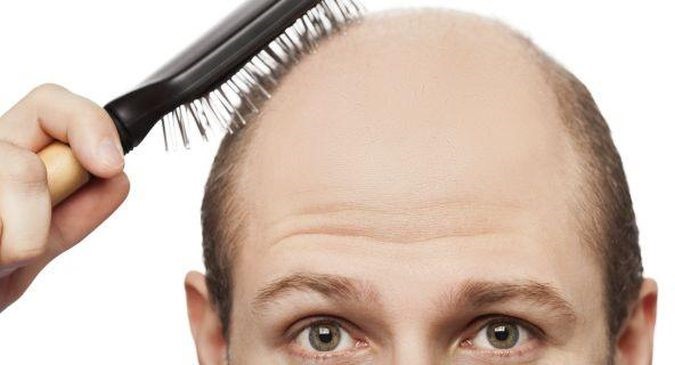Table of Contents
Hair loss is normal, but when it starts to go out of hand, you might want to consider options by which you can restore your lost hair or get your hair the new lease of life, it might be craving for. If your hair loss is extensive and you are seeing obvious bald spots on your head, chances are that you are suffering from a condition known as androgenetic alopecia or pattern baldness. For most people, running to a hair transplant surgeon at the first signs of hair loss might not be an option, but for people who are seeing baldness quite extensively, this might be the only option.
What most people are not aware of is that not every bald person is an eligible candidate for a hair transplant – a doctor, after a thorough examination will be able to tell you whether you can undergo a transplant or not.

Before you can enjoy a full head of hair, there are some steps that you will have to undergo:
- Start by doing your research and choosing a good doctor
As simple as this step may sound, this is perhaps the single most important step that you need to take, because in the hands of a good doctor, you can get the kind of hair that you had always dreamt of, and in the hands of an under-experienced doctor, you could lose even the hair that you already have. Take the time to talk to people who have undergone a hair transplant; because they will be able to tell you from experience whether their doctor was good or not. The internet will also prove to be a good friend because you can look at the websites of the doctors and read the reviews.
- Spend some time talking to your doctor, before signing on any dotted lines:
Rather than finalizing the first doctor you meet, you might want to consider talking to at least three or four doctors and getting their opinions from all of them. Ideally, when you make your first appointment, even if it is a walk in, you should be given an examination. With this examination, the doctor should be able to figure out what kind of hair loss you are undergoing and how extensive it is.
Armed with this information, he or she will be able to suggest the best course of action, which at times, could mean no surgery at all. As a matter of fact, the best doctor will be one who will not want to force you into a surgical transplant immediately. Finalise the doctor with whom you feel the most comfortable, seems to be the most knowledgeable and is willing to answer all your questions, no matter how silly and unimportant they might seem.
- Now the processes start:
Once you have finalized the doctor, you will be put through a range of examinations and tests, which could even include blood tests. Your scalp and hair will be thoroughly analyzed because this will allow the doctor to gauge the extent of your hair loss and how to proceed further. It will be in this exam, that the doctor will determine the donor and recipient areas, both of which will allow him or her to give you a fair estimate of how many grafts will be needed. Your hair density will also be checked, and in case the density is observed to be less, then you might be immediately put on medication to increase the same.
This will also be the time when you can tell the doctor what you are expecting from the transplant – what kind of hairline you would want and what kind of hairstyles you will be considering in the near future. Once the date for your transplant has been finalized, you will be given a list of dos and don’t’s, which would include abstaining from alcohol, smoking, chemical treatments for your hair and certain medications. This will also be the time when you will be informed about the hair transplant price list, which in most cases is based on the number of grafts.
- FUT or FUE? Which will work for you:
Depending on the extent of your hair loss, your donor and recipient areas, your doctor will suggest whether the FUT or FUE would be the better choice for you. If the recipient area is too large, then the FUT would be a better choice, because by removing an entire strip from the donor area, the doctor will be able to harvest a larger number of grafts in one go. The success rate for FUT is generally quite high, but the only drawback is that there will be a linear scar on your head.
However, if the procedure has been done properly and the hair implantation has been done well, the new growth of hair should be able to hide the scar easily. In case the requirement for follicles is on the lesser side, then FUE is the better option. The doctor will extract the grafts and implant them instantaneously into the recipient site. At the more advanced clinics, you will also have the choice of getting a robotic hair transplant, in which an automated (or at times, a semi-automated) system will provide the doctor with assistance, enabling them to be more precise and faster.
These days, there are plenty of options when it comes to hair transplant in India, and when the choice is extensive and varied, your choice needs to be made with a lot more care and thought.



